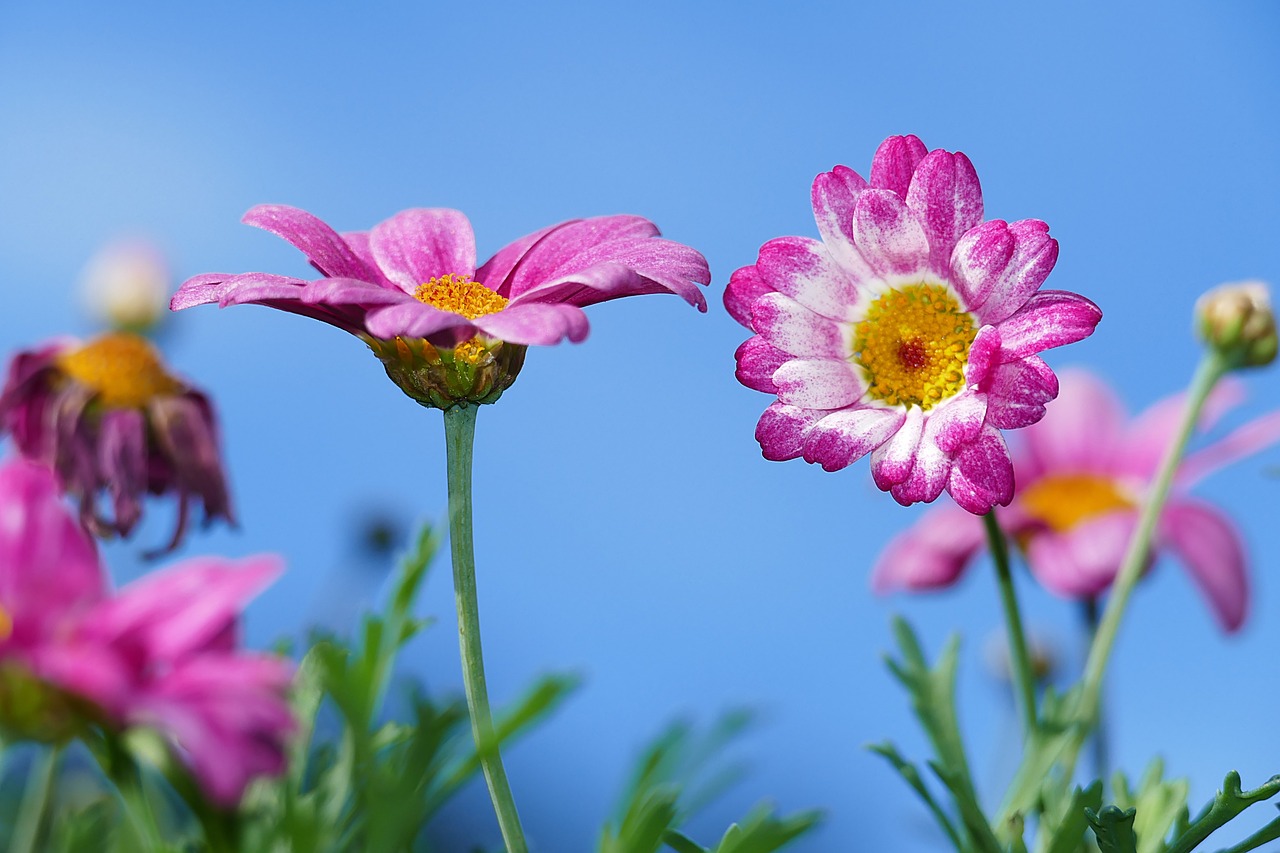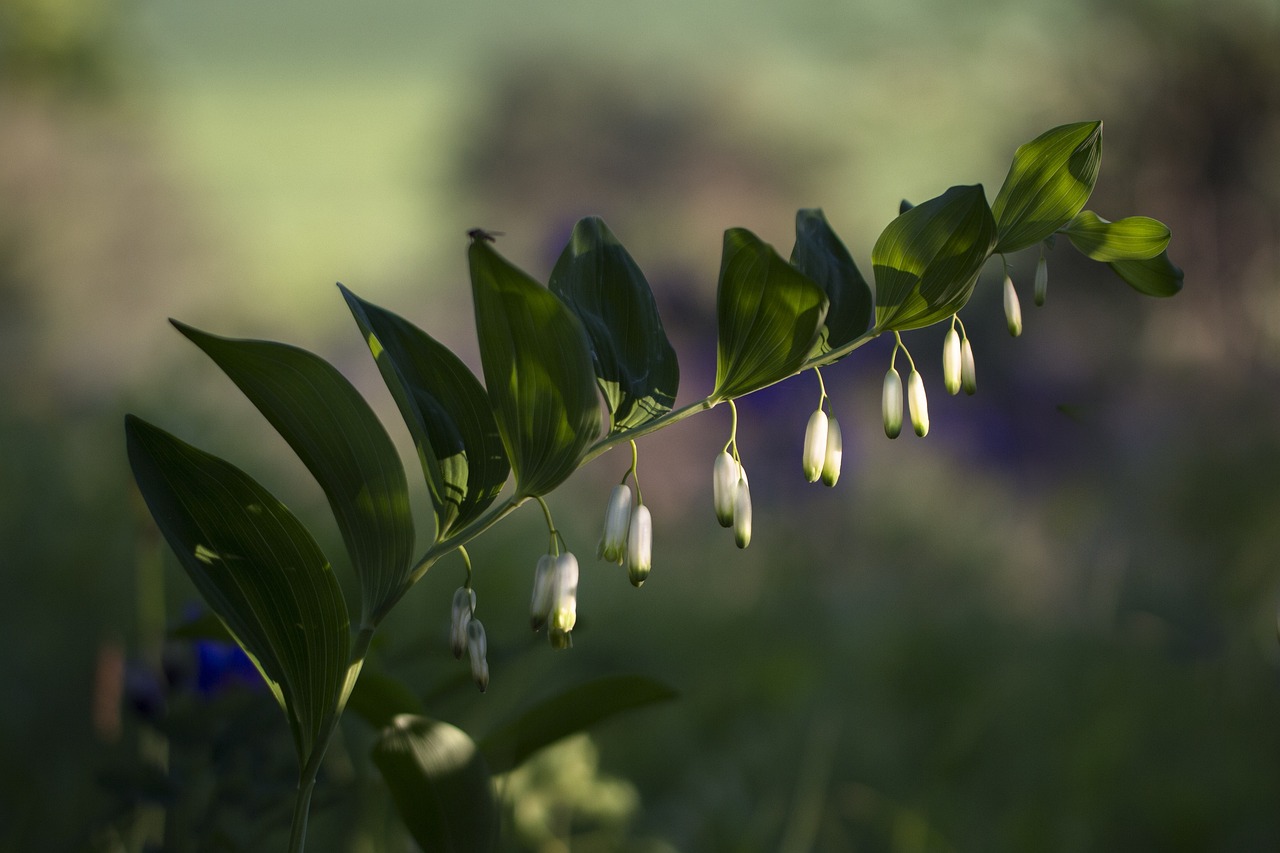Texas wildflowers are a breathtaking sight, transforming the landscape into a vibrant tapestry of colors. Each spring, vast fields bloom with these natural wonders, attracting visitors from across the state and beyond. The phenomenon is not only beautiful but also a testament to the resilience and diversity of Texas ecosystems.
Wildflowers in Texas flourish due to the state’s unique climate and geography. The combination of warm temperatures, varied soil types, and ample sunlight creates ideal conditions for a wide variety of species. From the iconic bluebonnet to the delicate Indian paintbrush, each flower contributes to the stunning display that marks the arrival of spring.

The tradition of celebrating wildflowers in Texas dates back to the early 20th century. In 1901, the bluebonnet was designated as the state flower, symbolizing Texas pride and heritage. Today, wildflower enthusiasts eagerly anticipate the bloom season, which typically lasts from March to May. During this time, highways and rural roadsides become canvases painted with vibrant colors.
Understanding Texas Wildflowers
Texas wildflowers are categorized into different groups based on their growth habits and blooming periods. Some are annuals, while others are perennials. Annual wildflowers complete their life cycle within a single growing season, while perennials return year after year, making them a staple in Texas landscapes.
Here are some key characteristics of Texas wildflowers:
| Type | Description | Common Species |
|---|---|---|
| Annual Wildflowers | Complete their life cycle in one year. They germinate, bloom, and die within a single season. | Bluebonnet, Indian Paintbrush, Mexican Hat |
| Perennial Wildflowers | Live for multiple years, coming back stronger each season. | Black-eyed Susan, Purple Coneflower, Texas Sage |
| Biennial Wildflowers | Take two years to complete their life cycle. They grow leaves in the first year and bloom in the second. | Foxglove, Evening Primrose |
The timing of wildflower blooms can vary significantly based on weather conditions. Adequate rainfall prior to blooming season is crucial for robust growth. As a result, some years may see spectacular displays while others may be less colorful. Wildflower forecasting has become a popular activity among enthusiasts who want to catch the best blooms.
Popular Wildflower Species
The diversity of wildflower species found in Texas is impressive. Here are some of the most recognized:
- Bluebonnet: The state flower of Texas, known for its striking blue petals and sweet fragrance.
- Indian Paintbrush: A vibrant red flower that often grows alongside bluebonnets, creating stunning contrasts.
- Poppies: With their brilliant orange hues, Texas poppies add warmth to the landscape.
- Black-eyed Susan: Characterized by their yellow petals and dark centers, they are hardy and widespread.
The combination of these flowers creates picturesque scenes that inspire artists and photographers alike. Many people travel specifically to experience wildflower festivals held throughout Texas during peak bloom season.
The allure of Texas wildflowers goes beyond their beauty. They play a vital role in supporting local ecosystems by providing food for pollinators such as bees and butterflies. The presence of these flowers also enhances the habitat for various wildlife species.
As spring approaches each year, Texans gear up for this natural spectacle with excitement and anticipation. Whether driving along scenic routes or wandering through parks, experiencing the bloom of wildflowers is an unforgettable adventure.
Wildflower Festivals in Texas

One of the most exciting aspects of Texas wildflowers is the vibrant festivals that celebrate their beauty. These events attract thousands of visitors each year, showcasing local culture and community spirit. From art displays to live music, wildflower festivals offer a unique experience that combines nature and entertainment.
Some notable wildflower festivals include:
- Texas Bluebonnet Festival: Held in Burnet, this festival is one of the largest in the state. It features arts and crafts vendors, parades, and live performances, all set against a backdrop of blooming bluebonnets.
- Wildflower Festival in Fredericksburg: This festival celebrates not only wildflowers but also the rich German heritage of the area. Attendees enjoy traditional foods, music, and activities for all ages.
- Painted Churches Tour: While not a festival in the traditional sense, this event allows visitors to explore stunning church architecture surrounded by colorful wildflowers, creating picturesque settings for photography.
Best Locations for Viewing Wildflowers

To truly appreciate the beauty of Texas wildflowers, knowing the best viewing locations is essential. Here are some prime spots to consider:
- Hill Country: Famous for its rolling hills and expansive fields, this region is a hotspot for wildflower viewing. Highways 290 and 87 are particularly noted for their stunning displays.
- Lubbock: Home to the Buddy Holly Center and beautiful wildflower trails, Lubbock offers an excellent mix of culture and nature.
- Ennis: The Ennis Bluebonnet Trails are well-marked routes that guide visitors through fields bursting with bluebonnets and other native flowers.
- Lady Bird Johnson Wildflower Center: Located in Austin, this botanical garden features extensive gardens and natural areas dedicated to preserving Texas flora, making it a perfect spot for education and enjoyment.
Each of these locations provides a unique experience, whether visitors prefer scenic drives or leisurely walks through blooming fields. The combination of diverse flowers and stunning landscapes ensures that every trip is memorable.
The Importance of Conservation
As beautiful as they are, Texas wildflowers face threats from habitat loss, urbanization, and climate change. Conservation efforts are crucial to preserving these natural treasures. Local organizations and communities work tirelessly to protect wildflower habitats and promote sustainable practices.
Key conservation strategies include:
- Preserving Native Habitats: Protecting existing wildflower habitats helps maintain biodiversity and supports wildlife.
- Restoration Projects: These initiatives focus on restoring degraded areas to their natural state, allowing wildflowers to thrive once more.
- Education and Outreach: Teaching communities about the ecological benefits of wildflowers encourages collective responsibility for their care.
By participating in conservation efforts, individuals can contribute to the ongoing health of these ecosystems. Simple actions like planting native species in gardens or supporting local conservation groups can have a significant impact.
Cultural Significance of Wildflowers
Wildflowers hold a special place in Texas culture. They symbolize resilience, beauty, and the spirit of the Lone Star State. Throughout history, wildflowers have inspired artists, poets, and musicians. Their presence in literature and art reflects their deep connection to Texan identity.
In addition to their artistic significance, wildflowers also play a role in Texas traditions. For example, many families have rituals surrounding wildflower picking during springtime. This practice is often passed down through generations, fostering a sense of community and connection to nature.

Overall, Texas wildflowers are more than just beautiful blooms; they are integral to the state’s landscape, culture, and environment. As spring unfolds each year, these vibrant flowers bring joy and inspire appreciation for the natural world.
Wildflower Photography and Artistry
The stunning beauty of Texas wildflowers has made them a favorite subject for photographers and artists alike. Their vibrant colors and unique shapes provide endless inspiration, capturing the hearts of those who seek to immortalize their fleeting beauty. Many photographers venture into the fields during peak bloom season, hoping to capture that perfect shot.
Wildflower photography offers a unique challenge. To capture the best images, photographers must consider factors such as lighting, composition, and timing. Early morning or late afternoon light often provides the most flattering conditions. Additionally, understanding the behavior of natural light can help highlight the intricate details of each flower.
Tips for Wildflower Photography
For those interested in photographing wildflowers, here are some helpful tips:
- Choose the Right Time: Early morning or late afternoon offers softer lighting and fewer harsh shadows.
- Use a Tripod: A tripod can stabilize your camera, allowing for sharper images, especially in lower light conditions.
- Consider Composition: Use the rule of thirds to create balanced and interesting images. Experiment with different angles and perspectives.
- Focus on Details: Macro photography can reveal the intricate structures of flowers. Getting close can highlight textures and colors.
- Be Patient: Wildlife such as butterflies and bees often visit flowers. Waiting for these moments can enhance your photographs.
Photography workshops and classes focused on wildflowers are also popular. Many local experts offer guidance on technical skills as well as insights into the best locations for capturing stunning images.
Wildflowers in Local Art
Beyond photography, Texas wildflowers have significantly influenced local artists. Painters, sculptors, and textile artists often draw inspiration from these blooms, incorporating their vivid colors and forms into various media. Wildflower-themed art can be found in galleries, public spaces, and even homes across Texas.
Art events such as gallery exhibitions or plein air painting sessions often take place during bloom season. These gatherings allow artists to create works inspired by the fields of color around them. Many artists also participate in local festivals, where they display their wildflower-themed creations.
Floral Arrangements and Crafts
The appeal of wildflowers extends into crafting and floral arrangements. Many enthusiasts enjoy creating bouquets or decorative pieces using fresh wildflowers. These arrangements can brighten homes and serve as beautiful centerpieces.
Here are some popular crafts involving wildflowers:
- Pressed Flower Art: Pressing wildflowers allows individuals to preserve their beauty. Pressed flowers can be used in greeting cards, bookmarks, or framed art.
- Natural Dyes: Some wildflowers can be used to create natural dyes for fabrics, adding unique colors to textiles.
- Dried Floral Bouquets: Dried wildflower arrangements serve as long-lasting decorations that capture the essence of spring.
Workshops focusing on floral arrangement with native species are also available in many communities. These sessions provide participants with the knowledge and skills needed to create stunning displays while promoting the use of local flora.
Wildflowers in Education
The educational aspect of Texas wildflowers cannot be overlooked. Schools and organizations often use wildflowers as a way to teach about ecology, biology, and environmental science. Field trips to local parks or nature reserves allow students to observe these flowers in their natural habitats.
Many nature centers offer programs aimed at educating the public about the importance of wildflowers and their role in local ecosystems. These programs may cover topics such as pollination, plant identification, and conservation efforts.
Engaging with wildflowers helps foster a connection with nature, encouraging stewardship of the environment among younger generations. Through interactive learning experiences, participants gain a deeper appreciation for the beauty and significance of Texas wildflowers.
Challenges Facing Texas Wildflowers
Despite their beauty and cultural significance, Texas wildflowers face several challenges that threaten their existence. Urban development, climate change, and invasive species pose significant risks to these delicate ecosystems. Understanding these challenges is critical for their conservation.
Urban development often leads to habitat loss, as fields and natural areas are replaced with roads, buildings, and other infrastructure. This not only reduces the available space for wildflowers to grow but also disrupts the ecosystems that support them. Additionally, increased pollution can affect soil health and water quality, further impacting wildflower populations.
Climate change is another pressing concern. Changes in temperature and rainfall patterns can alter blooming periods and affect the overall health of wildflower species. Some flowers may struggle to adapt to new conditions, leading to declines in their populations. Prolonged droughts or heavy rainfall can both negatively impact wildflower growth.
Invasive species are also a threat, as they can outcompete native wildflowers for resources. These non-native plants often grow more aggressively, potentially leading to the decline or extinction of local species. Conservation efforts must include measures to control invasive plants to protect native wildflower habitats.
Community Involvement in Conservation
Community involvement is vital in addressing the challenges facing Texas wildflowers. Grassroots organizations and volunteers play a crucial role in conservation efforts. Many communities organize clean-up events, planting days, and educational workshops to promote awareness about local flora.
Volunteering for local conservation groups can provide individuals with hands-on experience in preserving wildflower habitats. Activities might include:
- Planting Native Species: Community members can help restore degraded areas by planting local wildflowers.
- Monitoring Wildflower Populations: Volunteers can participate in citizen science projects that track the health and distribution of wildflower species.
- Educational Outreach: Engaging schools and local groups in nature walks or workshops can help raise awareness about the importance of wildflowers.
By fostering a sense of community responsibility toward wildflowers, individuals can contribute to their preservation for future generations. Collaboration between local governments, non-profit organizations, and citizens is essential in forming effective conservation strategies.
Final Thoughts
Texas wildflowers are more than just a seasonal spectacle; they are an integral part of the state’s natural heritage and cultural identity. Their vibrant blooms not only enhance the landscape but also provide essential ecological benefits. From supporting pollinators to offering educational opportunities, wildflowers enrich lives in countless ways.
As we explore the beauty of Texas wildflowers, it becomes clear that we must also take responsibility for their preservation. Understanding the challenges they face and actively participating in conservation efforts is crucial for maintaining these natural treasures. Through community involvement, education, and awareness, we can ensure that future generations will continue to enjoy the stunning carpets of color that define the Texas spring.
Ultimately, embracing the beauty and significance of Texas wildflowers encourages a deeper appreciation for nature. Whether through photography, art, or simply enjoying a drive through blooming fields, each person can partake in celebrating these natural wonders. Let us cherish and protect Texas wildflowers as a cherished symbol of our state’s rich biodiversity and cultural heritage.
